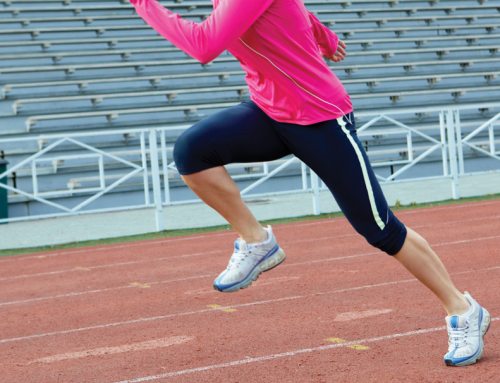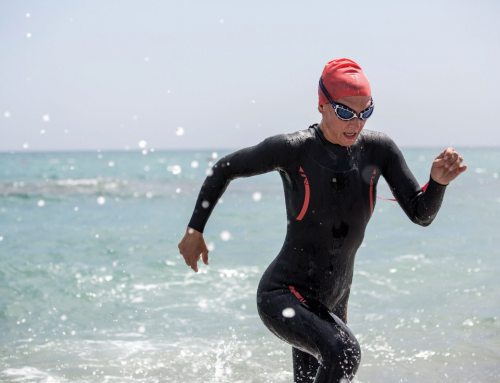Looking to up your running game? Try adding dynamic stretches to your warm-up routine.
Dynamic stretching, performed in motion, before exercise helps runners stay injury-free and improves functional range of motion. Static stretching, performed while at rest, is generally not recommended before a run.
Christina Vorobej, MD, works with Carolinas HealthCare System’s Sports Medicine & Injury Care Huntersville. Dr. Vorobej recommends runners warm up with a low-level cardio activity, like dynamic stretching, walking or running, for 5 to10 minutes.
Dynamic stretching warms up your muscles fast and trains your body by mimicking movements you may perform, she explains; while stretching cold muscles can put you at risk for injury.
“For running, no matter the length of the race, the goal with stretching is to help avoid overuse injuries,” says Dr. Vorobej. “So the areas to focus on for stretching are the lower extremities: hamstrings, quadriceps, iliotibial (IT) bands, calves, Achilles, shins. The neck and arms and low back are also important areas to stretch, especially before longer races.”
Dynamic stretches include anything from butt kicks to walking with exaggerated high knees. By performing dynamic stretches before a run, you’ll:
- get warmed up faster
- improve range of motion
- run more efficiently
- loosen muscles
- increase heart rate, body temperature and blood flow
“Stretching can improve athletic performance, running efficiency and help prevent activity-related injuries,” says Dr. Vorobej. “A warm-up period of about 10 minutes before running or exercising is important. And you should allow for a 5 minute cool-down period after running or exercising.”
Runners develop strong, toned legs that, sometimes, get tight. Each step forces the quads, hamstrings, calves and hips to flex and extend repeatedly. That’s why runners should stretch hamstrings and IT band muscles regularly, at least three to four times per week, says Vorobej. Using a foam roller, or tennis ball, also can help relieve tightness of muscles and tendons, but they are not substitutes for stretching.
Suggested pre-run stretches:
Inchworms: Start in pushup position and walk your feet to your hands. Then, stop, and walk your hands back out to the pushup position. Lie on your stomach and arch your back to stretch the spine.
Leg swings: Stand sideways next to a wall and swing your outside leg forward and back with controlled movement, increasing the height each time.
Walking lunge with twist: To stretch hips, perform deep lunges and twist your torso away from the back leg.
Suggested Post-run stretches:
The frog: Stand with your feet about shoulder-width apart. Turn your toes out and squat down as low as possible, keeping your heels flat on the floor. Press your knees open with your elbows.
Standing quad: While standing, grab the top of your right foot and bring it closer to your glutes while pushing your hips forward.
Pigeon: While sitting on the ground, bend one leg in front of your body and bend the other behind you to stretch your glutes.
To schedule an appointment with an expert at Sports Medicine & Injury Care call 704-512-3995 or visit CarolinasHealthCare.org/Sports.





